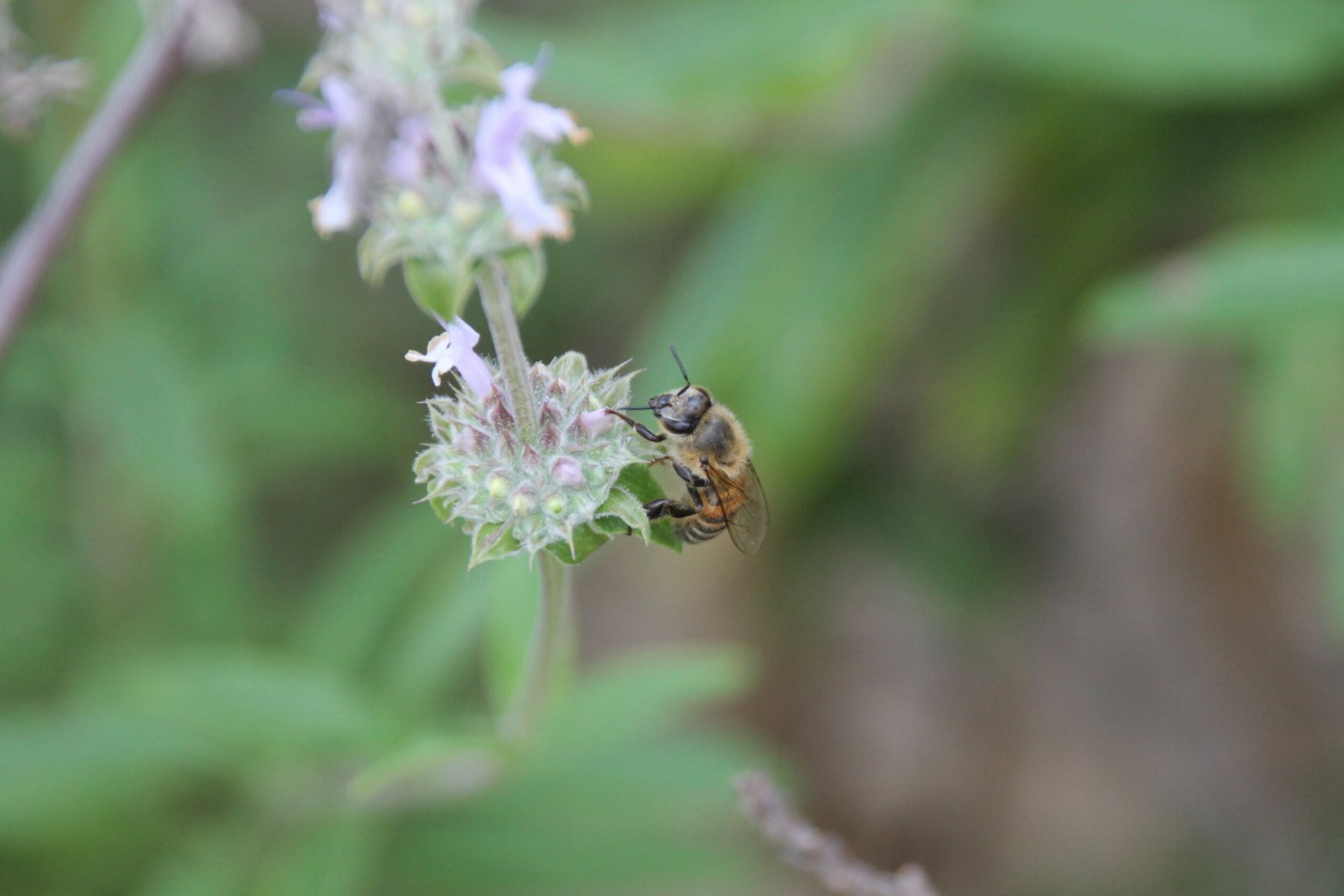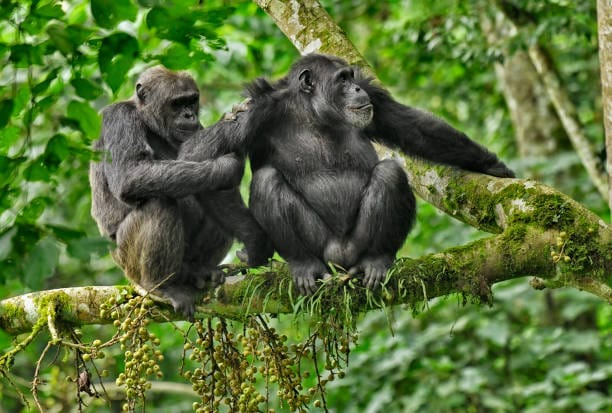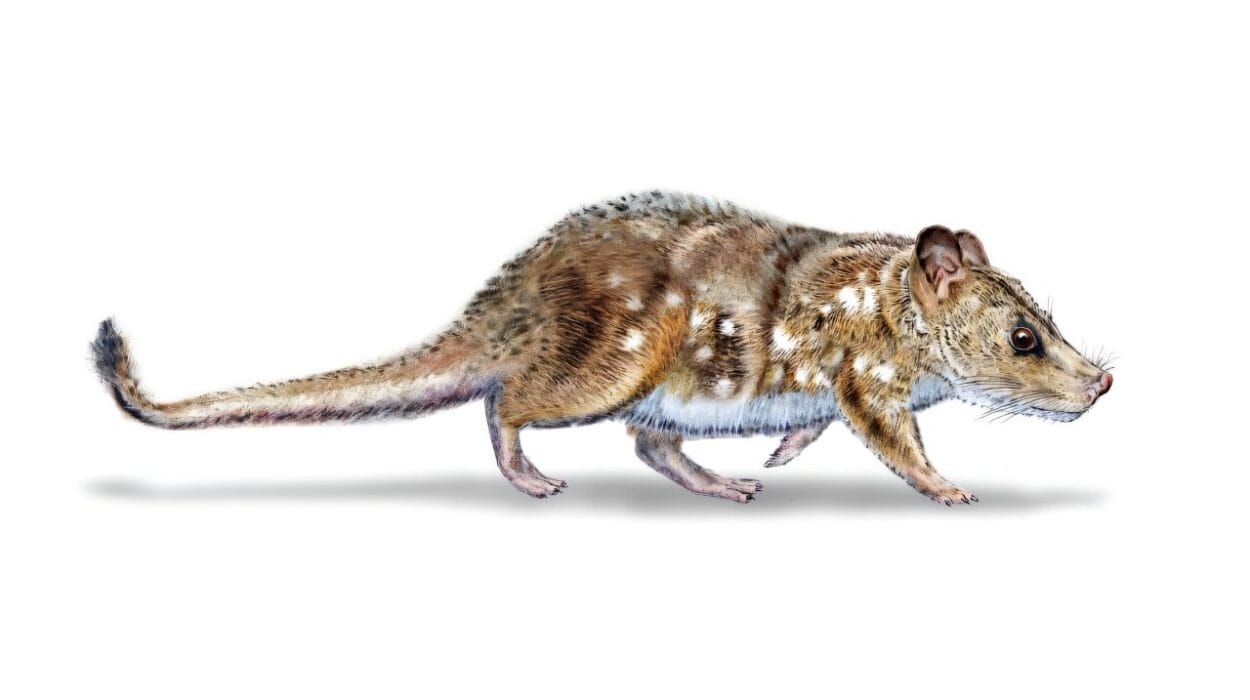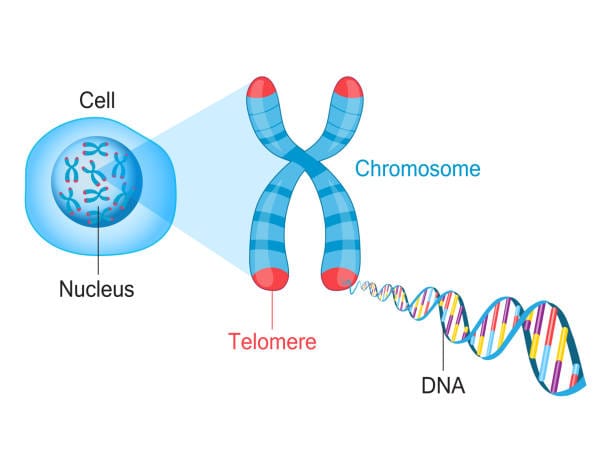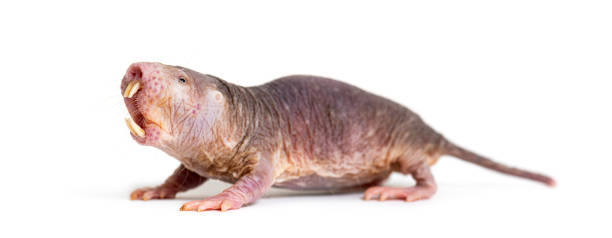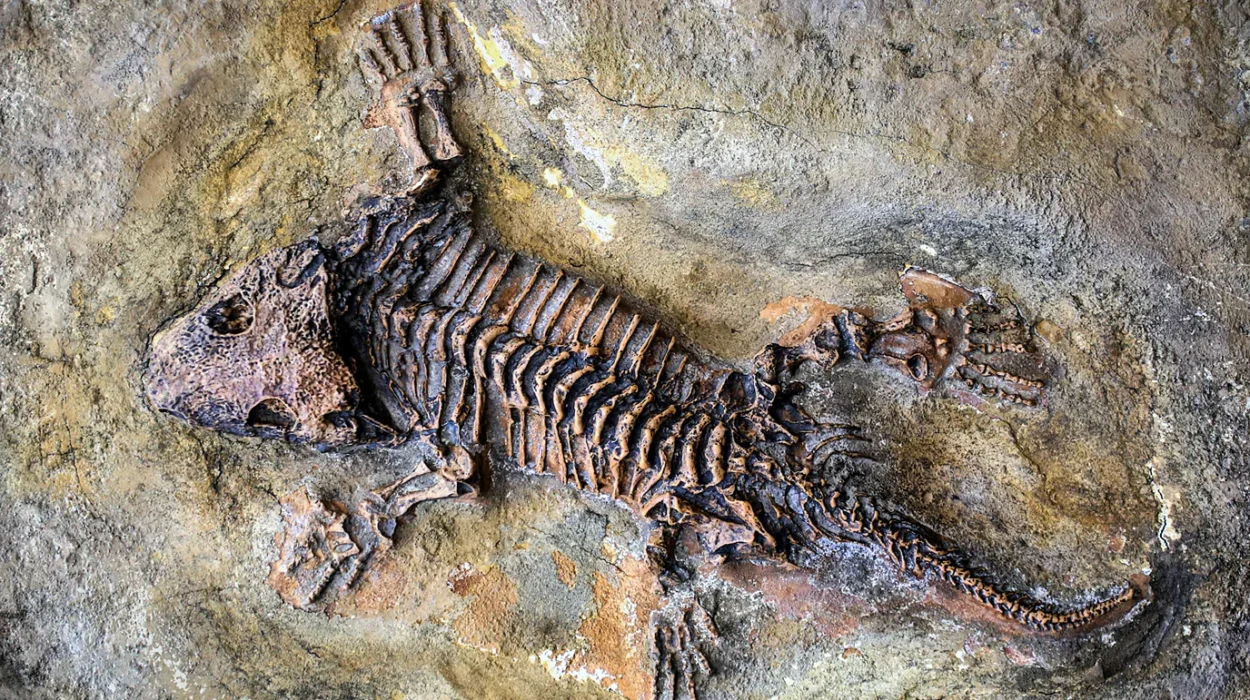Under the pale blush of early light, the chaparral of Southern California hums with wings. Sagebrush perfumes the air as bees—nature’s tiny alchemists—flit among blossoms, gathering shimmering grains of pollen. But in this chorus of wings, one bee’s buzz has grown deafening—and potentially dangerous.
New research from biologists at the University of California San Diego has uncovered a hidden struggle unfolding in the floral tapestry of Southern California. The honey bee—a darling of agriculture and a symbol of ecological health—is quietly edging out hundreds of native bee species, stripping flowers of precious pollen and reshaping entire ecosystems.
“It’s a paradox,” said Keng-Lou James Hung, assistant professor at the University of Oklahoma and co-author of the study. “Honey bees are indispensable to humans—but in places where they’re not native, they can become a serious ecological threat.”
The Gentle Invader
The European honey bee, Apis mellifera, is no stranger to human headlines. Valued for their pollination services, honey bees contribute billions of dollars annually to the U.S. economy. Nearly a third of the food on our plates, from almonds to apples, owes its existence to these golden-striped workers.
So prized are honey bees that humans have carried them across continents, introducing them to fields, orchards—and wildlands. In many places, honey bees have escaped apiaries, forming feral colonies that now thrive far beyond the fences of farms.
Southern California is one such place. Here, the rolling coastal sage scrub and chaparral host a dazzling diversity of life, including more than 700 native bee species—one of the world’s richest concentrations of pollinator biodiversity. Yet amid this native splendor, feral honey bees have surged, rising to staggering numbers that few anticipated.
In previous research, the UC San Diego team found honey bees making up as much as 90 percent of all bees visiting native flowers in the region. Their new study, published in Insect Conservation and Diversity, has measured just how much of an ecological toll that dominance takes.
Pollen Pirates in the Wildlands
On the sun-bleached slopes of San Diego’s natural preserves, the scientists focused on three iconic native plants: black sage, white sage, and distant phacelia—also known as distant scorpion weed. For countless native bees, these blooms are vital food factories, offering pollen to nourish their developing young.
But the honey bees got there first.
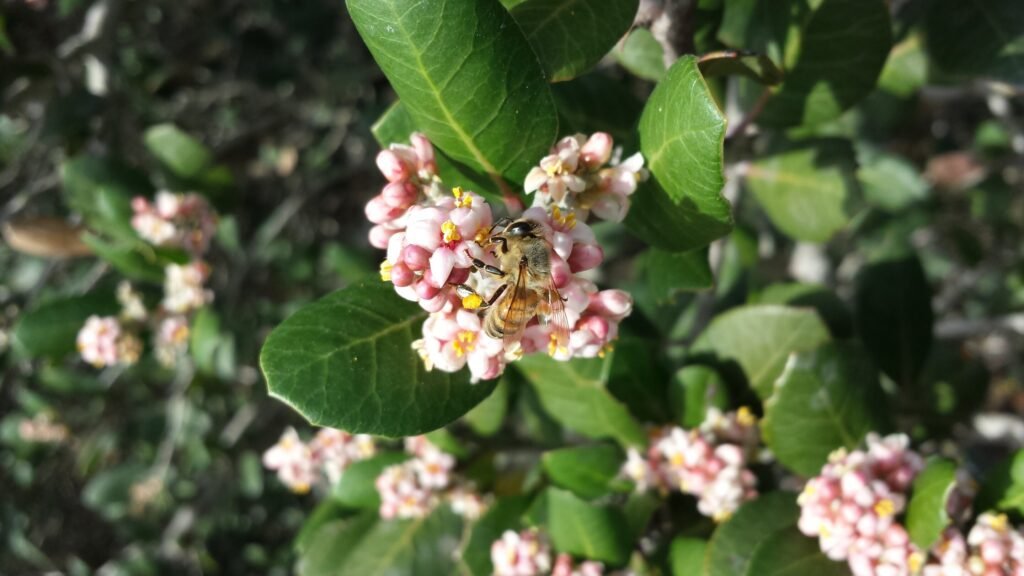
Using meticulous pollen-removal experiments, the researchers discovered that honey bees extract astonishing quantities of pollen—removing about 80 percent of a flower’s pollen on the very first day it opens. Just two honey bee visits could strip more than 60 percent of pollen from a flower, leaving crumbs for the native bees who arrive later in the day.
“It’s like showing up at a buffet only to find the tables already empty,” said Dillon Travis, who earned his Ph.D. at UC San Diego and co-authored the study. “Honey bees are incredibly efficient at extracting resources.”
Unlike most native bees, honey bees share intel. They can communicate the location of rich floral patches to thousands of nestmates through the famed “waggle dance,” creating an army of foragers that rapidly deplete food sources.
Native bees, in contrast, often forage solo and rely on chance encounters with blossoms. By the time they arrive, the banquet may be over.
Vanishing Giants and Shrinking Biodiversity
One of the study’s most startling revelations was how few large native bees remain in areas overrun by honey bees. Bumble bees, among the biggest and most charismatic native pollinators, made up only 0.1 percent of all bees observed by the researchers.
“The most surprising finding was the extraordinarily small number of individual native bees observed that were as large or larger than honey bees,” said Joshua Kohn, UC San Diego Professor Emeritus of Ecology, Behavior and Evolution and co-author of the study.
And it’s not merely a matter of bee headcount. Honey bees are much bigger than most of California’s native bees. When researchers added up total bee biomass, honey bees accounted for a staggering 98 percent of all bee mass buzzing around the chaparral.
It’s a dramatic imbalance. Hung and colleagues estimate that if all the nectar and pollen feeding honey bees were instead nourishing native bees, native bee populations might be 50 times larger than they are today.
Why Honey Bees Aren’t Always Heroes
For years, honey bees have been portrayed as ecological poster children—a species under siege from pesticides, habitat loss, and mysterious colony collapses. While those threats are real and devastating for commercial beekeeping and agriculture, scientists caution that the narrative is incomplete.
“The plight of the honey bee is an issue of animal husbandry and livestock management,” said Hung. “Whereas when it comes to conservation issues here in North America, honey bees are likelier to be part of the problem, not a solution or a target for conservation.”
Adding to the concern, separate research published in 2023 by Travis and Kohn revealed that honey bee pollination produces lower-quality seeds compared to pollination by native bees. That’s troubling news for the health of native plants—and the broader ecosystems that depend on them.
While honey bees help ensure agricultural bounty, their voracious appetite in natural habitats may be silently hollowing out biodiversity, leaving fragile ecosystems less resilient to future challenges.
A Call for New Conservation Thinking
The UC San Diego team isn’t calling for a war on honey bees. Instead, they’re urging a thoughtful reassessment of how and where honey bees are managed, especially on public lands adjacent to wild habitats.
“In areas with threatened bee species, natural preserve managers may also want to consider systematic removals or relocations of non-native honey bee colonies to provide wild bees a fighting chance,” Hung said.
One possibility is tightening policies that allow commercial beekeepers to place hives on public lands after crop blooms finish—a practice that could flood natural areas with thousands of honey bees competing for native nectar and pollen.
“Public concern for honey bees often fails to consider their potential negative effects on native pollinators,” the researchers warn.
The stakes are high. Native bees, though often overlooked, are vital threads in the web of life. They pollinate wildflowers, support bird and mammal populations, and help maintain ecosystems that filter water, hold soil in place, and shelter biodiversity.
As honey bees buzz triumphantly across the hillsides of Southern California, the quiet fate of their wild cousins hangs in the balance.
The question now facing conservationists and policymakers is not simply how to save the honey bee—but how to save the intricate, irreplaceable communities of native bees who have thrived here for millennia.
Reference: Pollen exploitation by non-native, feral honey bees: potential consequences for interspecific competition, Insect Conservation and Diversity (2025). DOI: 10.1111/icad.12858
